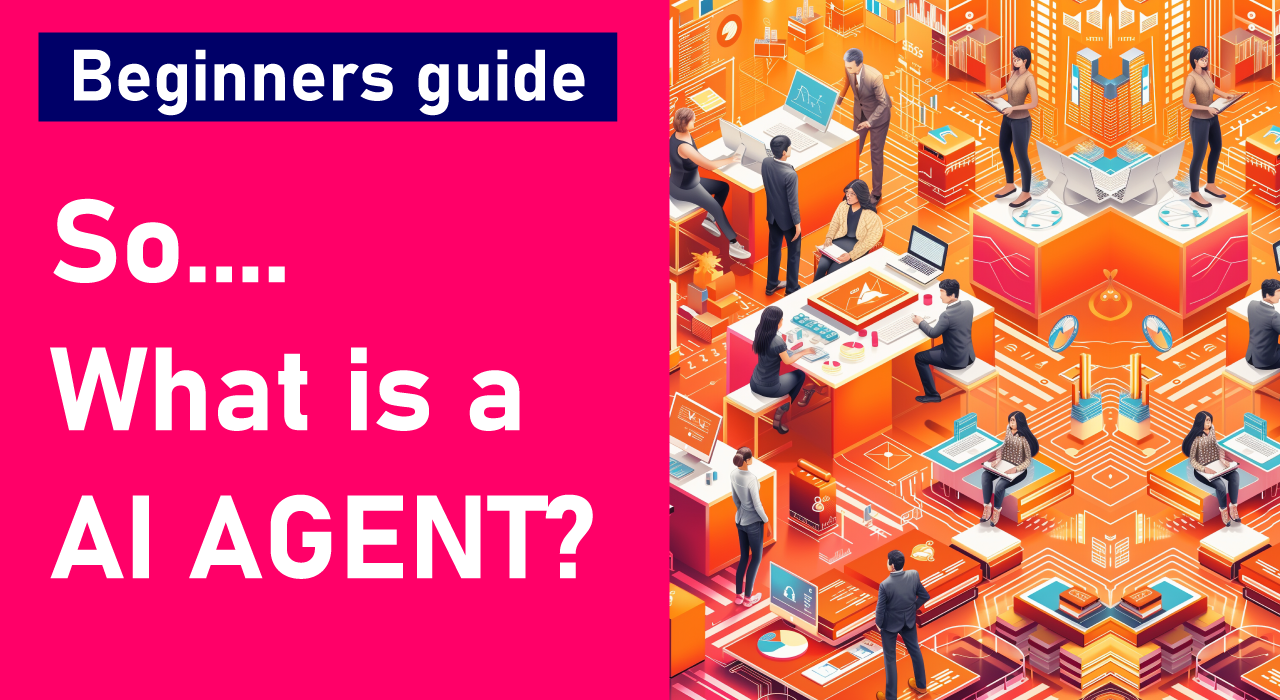AI agents are becoming the foundation of modern artificial intelligence systems.
From self-driving cars and smart assistants to customer service bots and autonomous drones, these intelligent systems are changing the way machines interact with the world.
In this guide, we’ll break down what AI agents are, how they work, the different types of AI agents, and how they're transforming industries in 2025.
✅ What Is an AI Agent? [Definition + Examples]
An AI agent is an autonomous software or robotic system that:
- Perceives its environment,
- Processes data using AI models,
- And acts to achieve specific goals.
Unlike basic software programs, AI agents can make decisions independently, often learning from past experiences to improve over time.
Example: A self-driving car is an AI agent. It uses cameras (sensors), maps and AI models (processing), and accelerates or turns (action) to reach a destination safely.
🧠 How AI Agents Work (3 Core Components)
Every AI agent is built on three core elements:
| Component | Description | Example |
| Sensors | Gathers input from the environment | Cameras, microphones, text input |
| Processing | Interprets data and makes decisions | Neural networks, algorithms |
| Actuators/Actions | Executes decisions in the real or digital world | Motors, API calls, text replies |
This sense–think–act loop is the foundation of agent-based AI systems.
🧩 Types of AI Agents (With Real-World Examples)
There are 5 main categories of AI agents, each with unique capabilities:
1. Simple Reflex Agents
- Act only on current input.
- No memory or learning.
- Example: Basic thermostat turning on heat when cold.
2. Model-Based Reflex Agents
- Maintain a model of the environment.
- Handle partially observable situations.
- Example: Robot vacuum mapping room layout.
3. Goal-Based Agents
- Choose actions based on goal achievement.
- Use search and planning.
- Example: Navigation app choosing best route.
4. Utility-Based Agents
- Maximize a utility function (balance of outcomes).
- Support decision trade-offs.
- Example: Delivery drones balancing speed and battery life.
5. Learning Agents
- Adapt over time by learning from experience.
- Use techniques like reinforcement learning.
- Example: AlphaGo, ChatGPT agents.
🧪 How AI Agents Learn
Two primary learning methods used in modern AI agents:
- Supervised Learning: Trained on labeled data (e.g., “This is a cat”).
- Reinforcement Learning (RL): Learns by receiving rewards or penalties for actions.
Reinforcement learning is especially powerful in game AI, robotics, and autonomous agents, as seen in OpenAI's RLHF models.
🔮 The Future of AI Agents
AI agents are evolving into multi-agent systems and embodied AI capable of interacting in both digital and physical worlds. In the near future, we’ll see:
- Personal AI agents negotiating for you.
- Intelligent homes that self-manage utilities.
- Virtual co-workers with task automation skills.
As generative AI and LLMs (Large Language Models) like GPT-4.5 and Claude 3 become more integrated into agent systems, we’re entering an era of Agentic AI — where models are not just reactive but proactive, multi-step planners.
📌 Key Takeaways
- An AI agent is an autonomous system that senses, decides, and acts.
- Types include reflex, goal-based, utility-based, and learning agents.
- Used across industries: cars, healthcare, finance, customer service.
- Challenges include ethics, transparency, and safety.
- The future lies in multi-agent collaboration and LLM-powered reasoning.




